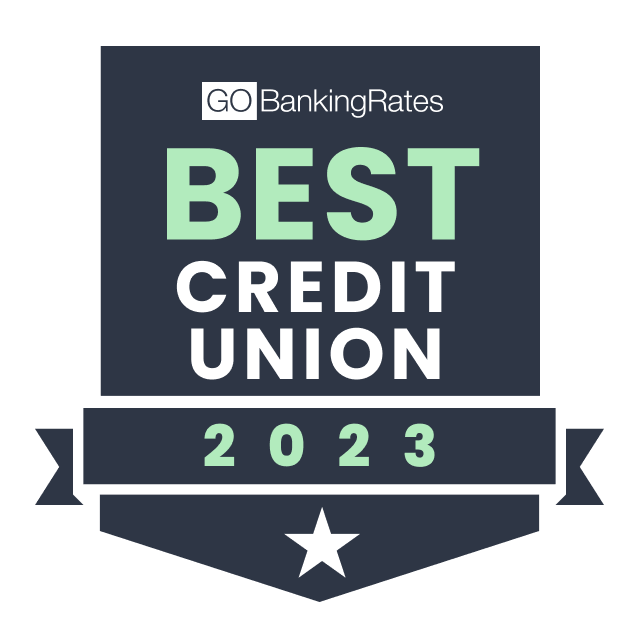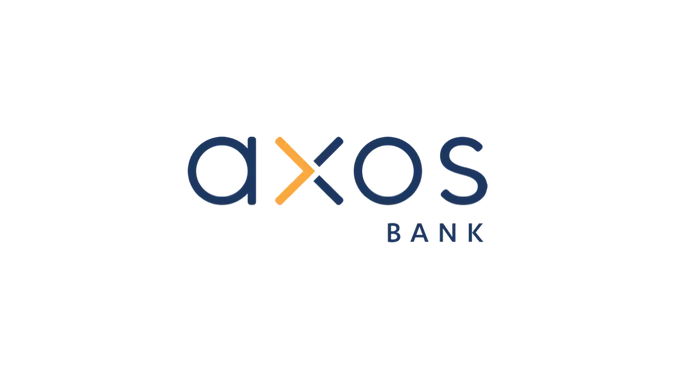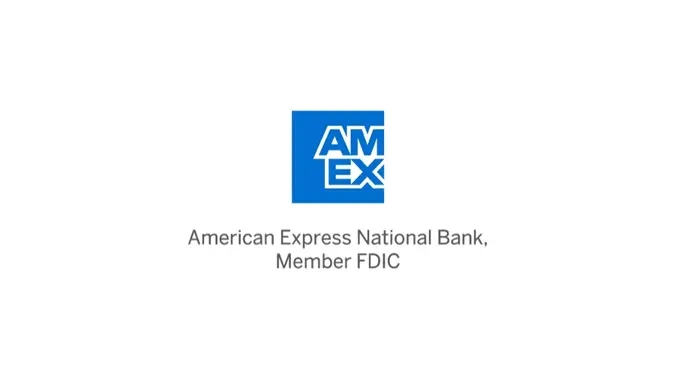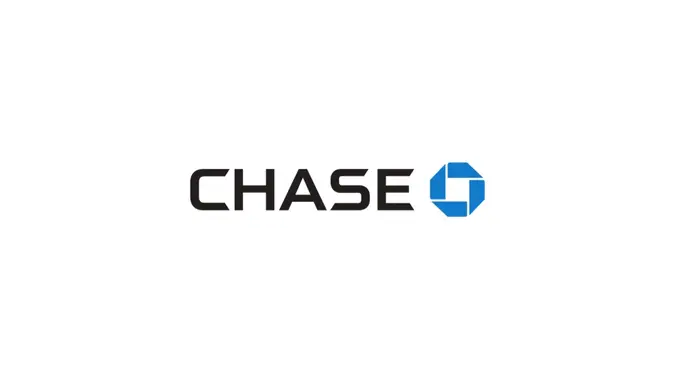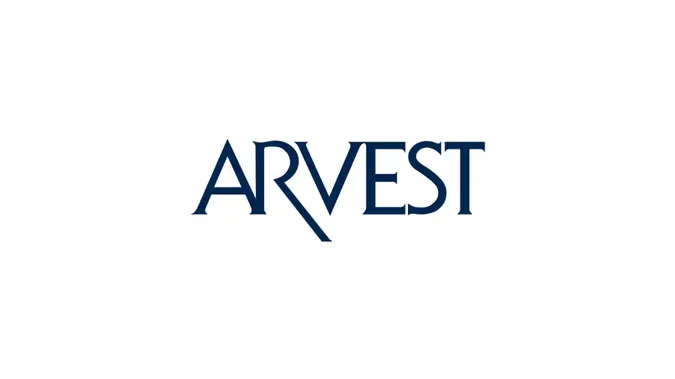SchoolsFirst Federal Credit Union Review: High Certificate Yields and Low Fees for Californians
Commitment to Our Readers
GOBankingRates' editorial team is committed to bringing you unbiased reviews and information. We use data-driven methodologies to evaluate financial products and services - our reviews and ratings are not influenced by advertisers. You can read more about our editorial guidelines and our products and services review methodology.

20 Years
Helping You Live Richer

Reviewed
by Experts

Trusted by
Millions of Readers
-
Checking Accounts
4.0
-
Savings Accounts
4.0
-
Certificate Accounts
4.5
-
Banking Experience
4.5
Pros
- No or low fees on all bank accounts
- High APYs on share certificates
- Access to more than 28,000 fee-free CO-OP ATMs nationwide
Cons
- Limited geographic reach
- Not many checking or savings options
- Membership requirements rule out many residents
SchoolsFirst Federal Credit Union Overview
SchoolsFirst was founded in 1934 to provide financial services to California school employees and their families. It has since grown into the largest credit union in California and the fifth largest in the United States, with more than 1 million members, over $25 billion in assets and nearly 70 branches. SchoolsFirst is headquartered in Santa Ana, California, and provides a full lineup of deposit accounts, loans, credit cards, retirement, investment and insurance products. All of this has landed SchoolsFirst on GOBankingRates’ list of Best Credit Unions of 2023.
Key Features
To help you decide whether SchoolsFirst Federal Credit Union might be right for your financial needs, here’s some information about its key features.
Checking Accounts
SchoolsFirst offers two checking account options: Free Checking and Investment Checking. All offer free, unlimited use of more than 28,000 ATMs through the CO-OP network of credit union ATMs. The accounts also come with 24/7 online and mobile banking, eStatements and online bill pay.
Free Checking has no monthly service charge and no minimum balance requirement, though there is a $25 minimum opening deposit. There is a $1 charge per withdrawal for non-SchoolsFirst FCU/CO-OP network ATMs.
Investment Checking has a $3 monthly fee for all account holders except those 62 and older. For others, the fee can be waived by signing up for direct deposit and keeping a daily minimum combined share balance of $1,000 or more or with a combined share balance of $2,500 or more. This is an interest-bearing account that pays an annual percentage yield of 0.05% on balances up to $25,000, and 0.10% on balances of $25,000 and higher.
Savings Accounts
SchoolsFirst has two main savings account options: Share Savings and My Club Savings. Neither has a monthly service fee. The Share Savings account has a $5 minimum deposit and is required to become a member of the credit union. You can then maintain your membership by keeping a $5 minimum balance in the account. There is no minimum deposit requirement with My Custom Club Savings.
Share Savings pays an APY of . The APY for My Club Savings is , and you have to pick a maturity of six to 18 months.
SchoolsFirst also offers a 12-Month College Saver account that has a $200 minimum opening deposit and pays a high APY.
Certificate Accounts
Like most credit unions, SchoolsFirst offers its members share certificates instead of CDs, but both work the same. SchoolsFirst certificates have a $500 minimum deposit requirement and come in terms of 30 days to five years. Interest rates are tiered by both minimum balance and term length, and they can compete with just about any other financial institution out there.
For minimum balances of $500, the APY ranges from 0.80% for a 30-day certificate to 4.20% for a five-year certificate. The APY on a minimum balance of $20,000 goes from 0.85% for a 30-day certificate to 4.25% for a five-year certificate. A minimum balance of $50,000 has an APY range of 0.90% to 4.30%, while a minimum balance of $100,000 has a range of 0.95% to 4.35%.
Banking Experience
SchoolsFirst has all of the basic bank accounts you need and members also have access to a full lineup of IRAs, credit cards and personal loans, home and auto loans, investment and retirement products and insurance products.
SchoolsFirst operates only in California, but its network of 70 branches makes it accessible to most of the state’s residents. Members also have access to more than 28,000 fee-free CO-OP ATMs nationwide.
To reach SchoolsFirst FCU’s member service center, call 800-462-8328. You can reach a representative 7 a.m. to 7 p.m. PT Monday-Friday and 9 a.m. to 3 p.m. PT on Saturday. You also can use the credit union’s Live Chat feature during those business hours. If you prefer, the credit union also offers an automated teller line at 800-540-4546, which can handle many of your banking transactions.
For mobile access to your accounts, you can download the SchoolsFirst FCU Mobile Banking app to check balances, deposit checks, make bill payments, transfer money between accounts and send money to other members. The app has a 4.6-star rating on Google Play and a 3.3-star rating on the App Store.
Comparable Credit Union Options
SchoolsFirst competes against several credit unions within California. Here’s how they compare.
Golden 1 Credit Union
Golden 1 Credit Union is close behind SchoolsFirst in terms of size, with more than 1 million members and over $18 billion in assets, and its 70-plus branch network in California is even bigger than SchoolsFirst’s. But the yields Golden 1 pays on its certificates are not as high as those at SchoolFirst, and Golden 1 requires much larger minimum deposit for higher rates.
Redwood Credit Union
Redwood gets the nod for the 0.10% to 0.20% APY on its Dividend Checking accounts, topping the 0.05% to 0.10% APY of SchoolsFirst’s Investment Checking account. But Redwood has just 19 branch locations, all concentrated in the San Francisco Bay Area, so SchoolsFirst is the better choice for members who want more branch access.
Final Take
SchoolsFirst Federal Credit Union is an excellent choice for Californians who meet its membership requirements. Its few negatives, such as a thin lineup of checking and savings options, are more than offset by high certificate APYs, a large in-state branch network and a wide variety of products and services beyond basic bank accounts.
FAQ
Here are the answers to some of the most frequently asked questions about SchoolsFirst FCU.- What are the membership requirements for SchoolsFirst FCU?
- To become a member of SchoolsFirst, you must meet one of the following requirements: a current or retired school employee; an immediate family member of a SchoolsFirst FCU member, including spouse, domestic partner, parent, sibling, child, grandparent or grandchild; an employee of a company that provides a direct service to an eligible school or district in California; a college student enrolled in an education program with a student teaching requirement.
- Is Schools First Credit Union FDIC-insured?
- As a credit union, SchoolsFirst is federally insured by the National Credit Union Administration, which offers the same protection as the Federal Deposit Insurance Corp.
- Does SchoolsFirst FCU use Zelle?
- Yes, you can use Zelle to send money at SchoolsFirst.
- Is SchoolsFirst a good bank?
- SchoolsFirst is rated as one of GOBankingRates' Best Credit Unions of 2023. Whether or not it will be a good credit union for you depends on your location and what type of banking needs you have.
- Which credit bureau does SchoolsFirst use?
- SchoolsFirst Credit Union does not disclose on its website which credit bureau it uses when checking consumer credit for loans or other financial products.
- What is the withdrawal limit for SchoolsFirst?
- The daily withdrawal limit is $1,000 between all of the ATM cards on your membership. If you choose to make a cash withdrawal at a branch, the daily withdrawal limit is $5,000.
Vance Cariaga and Cynthia Measom contributed to the reporting of this article.
Editorial Note: This content is not provided by any entity covered in this article. Any opinions, analyses, reviews, ratings or recommendations expressed in this article are those of the author alone and have not been reviewed, approved or otherwise endorsed by any entity named in this article.
Methodology: To discover the Best Credit Unions, GOBankingRates looked exclusively at the 50 credit unions in terms of total asset size that had available published data. To determine rankings, GOBankingRates looked at the following factors: (1) total assets as sourced from the NCUA; (2) number of branch locations as sourced from the NCUA; (3) minimum deposit to open a checking account; (4) monthly checking fee ratio (percentage based on the minimum to avoid the fee compared to the monthly fee itself); (5) checking APY; (6) minimum to open a savings account; (7) minimum balance needed to achieve savings APY; (8) savings APY; (9) minimum to open a 12-month CD account; (10) 12-month CD APY; (11) 60-month CD APY; (12) customer service options offered (24/7 customer service and live chat with a human); (13) Bauer rating (out of 5 stars); (14) products/services offered (auto loans, mortgage loans, credit cards, investment services and insurance); and (15) the average mobile app rating between the Android and Apple app stores. All factors were then scored and combined, with the lowest score being best. Factors (1), (2) and (12) were weighted 0.5 times, and factor (14) was weighted 2 times. For all savings and checking account data, only the basic accounts/products offered at each institution were analyzed.
Rates are subject to change; unless otherwise noted, rates are updated periodically. All other information on accounts is accurate as of Jan. 7, 2023.
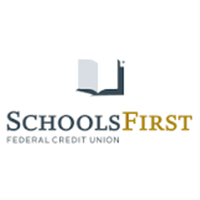
 Written by
Written by  Edited by
Edited by 